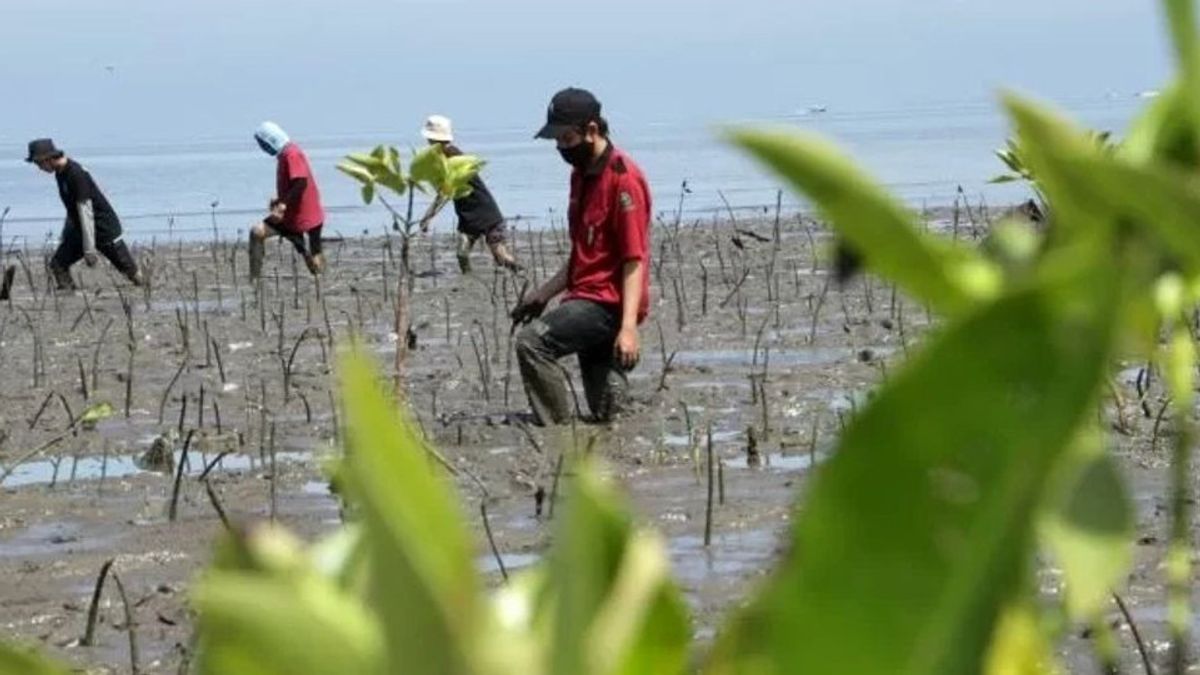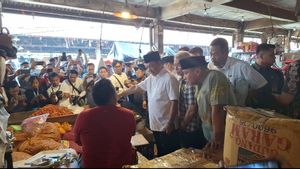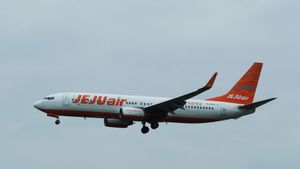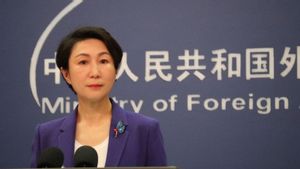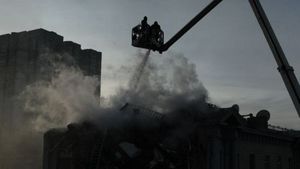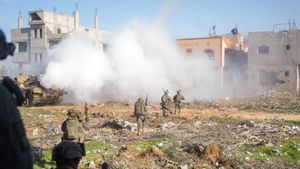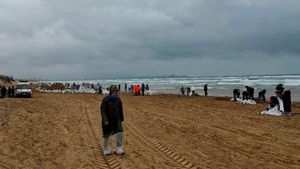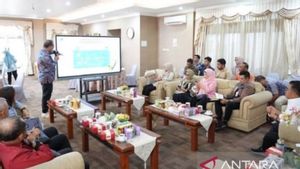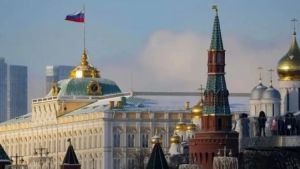JAKARTA - West Papua is one of the areas with a very large area of mangrove forest in Indonesia. The area reaches 482,029 hectares of the total area of mangrove forests in Indonesia, which is 3.49 million hectares.
Head of the West Papua Regional Research and Development Agency (Balitbangda) Charlie D Heatubun in Manokwari, said the large mangrove forest area requires serious attention from the government through the establishment of a Special Regional Regulation (perdasus).
The Perdasus for the protection of mangrove forest areas in West Papua is just waiting to be promulgated by the Governor of West Papua.
"Everything has gone through the mechanism both in the West Papua DPRD and the Ministry of Home Affairs, then it remains only to be promulgated for implementation," said Chalie. Tuesday, May 24, quoted from Antara.
One of the mandates of the Perdasus is to establish a mangrove research center in West Papua.
That way, West Papua must have a research center and carry out various innovations for the cultivation and utilization of mangroves and other essential ecosystems.
"This perdasus will encourage West Papua to become a conservation province and a sustainable province in terms of cultivation and development of mangrove forest areas in Indonesia," he explained.
The presence of a special institution that conducts research and innovation on mangroves in West Papua is expected to protect the mangrove area in the area from uncontrolled logging activities for development and other purposes.
Mangrove forests that thrive in the coastal areas of Papua are also the lungs of the world, with the most essential functions for human survival, namely as a producer of oxygen (O2) and absorbing carbon dioxide gas as well as preventing abrasion.
The area of mangrove forests in Indonesia is between 2.5 million to 4.5 million hectares, is the largest mangrove in the world, exceeding Brazil (1.3 million ha), Nigeria (1.1 million ha) and Australia (0.97 ha) .
Several types of mangroves that grow in Indonesia are Avicennia, Bruguiera, Ceriops, Rhizopora and Sonneratia.
The English, Chinese, Japanese, Arabic, and French versions are automatically generated by the AI. So there may still be inaccuracies in translating, please always see Indonesian as our main language. (system supported by DigitalSiber.id)
